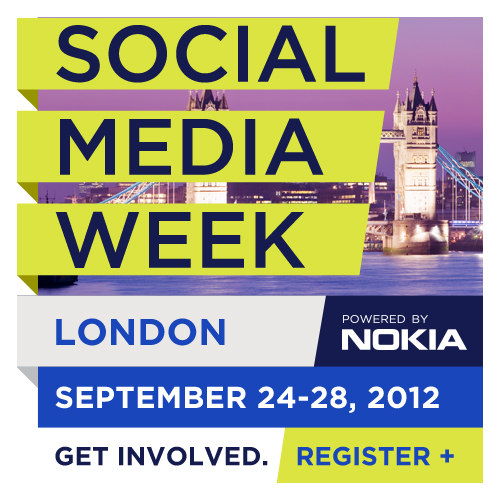On September 26th, at the British Film Institute in London we had the pleasure to participate together
with Gruvi, MTM, and Trufflenet in the London Social Media Week workshop “Being an OG.” The entire event was focused on Facebook Open Graph and its usage. Ben Johnson from Gruvi spoke about how Open Graph uses cases, and Matt Cain from Trufflenet discussed how to use Facebook data to build Facebook campaign. Meanwhile we at Sotrender explained how to track Open Graph.

Facebook Pages & Facebook App Tracking
We started by stating that Facebook Apps & Facebook Pages go together and monitoring them is extremely important for an efficient Facebook performance. Precise tracking and measurement of Facebook campaigns is becoming more and more frequent – which is good for our industry. However, as our question to the audience proved, the tracking of applications is still rare. And even if it happens, the measurement process is based on 1 or 2 general metrics, usually Monthly Active Users (MAU).
The measurement & tracking of apps poses a real problem for Facebook business users, as Facebook Insights for Apps presents a enormous number of diverse metrics. In our presentation, basing our opinion on Facebook PMD seminars, we’ve determined 4 of the most important metrics for app measurement in 2 crucial stages of the app development process. However, before getting to App measurement, it will be good to shortly go over what Open Graph is.
The mystery of Open Graph
Anybody who has worked with Facebook has heard of Open Graph, but very few people can actually tell you what Open Graph is. Facebook defines Open Graph as a tool that allows the inclusion of arbitrary actions and objects created by third-party apps and enabling these apps to integrate deeply into the Facebook experience. After a user adds your app to their Timeline, app specific actions are shared on Facebook via the Open Graph. The Open Graph allows apps to model user activities based on actions and objects. A running app may define the ability to “run” (action) a “route” (object). A reading app may define the ability to “read” (action) a “book” (object). A recipe app may define the ability to “cook” (action) a “recipe” (object).” In a few words, it’s a code that enables you to personalize your applications on Facebook and to build contexts around your application by exchanging the Like button with, for example, a Read or Cook button.
Facebook Open Graph app development stages and measurement
So let’s imagine we’ve created an application via Open Graph. It’s cool, fresh, funny and it’s being distributed via Timeline, News Feed, Ticker and App Tabs. Thanks to it we’re able to drive new users and create a deep, persistent connection between them and our app. What should be our next step? Is creating and releasing an app the end of it’s development? Well frankly, no.
The launch and all actions prior to it are only a part of the process. Data and analysis are crucial to all steps of the development process. Why? Because without a proper evaluation, it’s hard to define something as a success or a failure. That’s why we divide the process of app life into two parts, assigning to both of them key metrics that should be taken into account. At the level of designing and implementing an application, we should measure a Facebook app’s efficiency with Virality (new users per existing active users) and Retention (returning active users – users that used the app more than once) as they are crucial for growth and reach. If these indexes will be on a high and stable level, we can count on a rapid growth in the number of our app users. If both metrics remain at a stable and high level, they cause increased dynamics in Facebook app growth and, eventually, a high number of engaged active users.
Then, once the app is fielded, two other factors should be taken into consideration: Monthly Active Users & Engagement, as they provide information concerning usefulness and user engagement. The stage of evaluation starts just after launching – it helps to predict if current dynamics of growth is enough for obtaining business goals.
What’s also important is that Facebook app creation should be understood as a process, requiring precise measurement and, if needed, redesigning. If the dynamics are under these expectations – the analysis will help to rethink and redesign the app. Our presentation highlighted the fact that app measurement is very important, but it has to be done right. Facebook Insights for Apps can be very useful in this matter but may also be misleading because of the multitude of available metrics and not being able to sort out the most important metrics for our purposes.
We would like to thank the event organizer for inviting us to this amazing event and we hope to see you next year at Social Media Week. We’ll definitely be there. To sum up, the presentation was about the process of application development and its two crucial stages (design & evaluation) that requires analysis. We only proposed 2 metrics for each stage that are easy to apply and help to understand what forces drive your app to success. Our entire presentation from the workshop is available here, enjoy:









